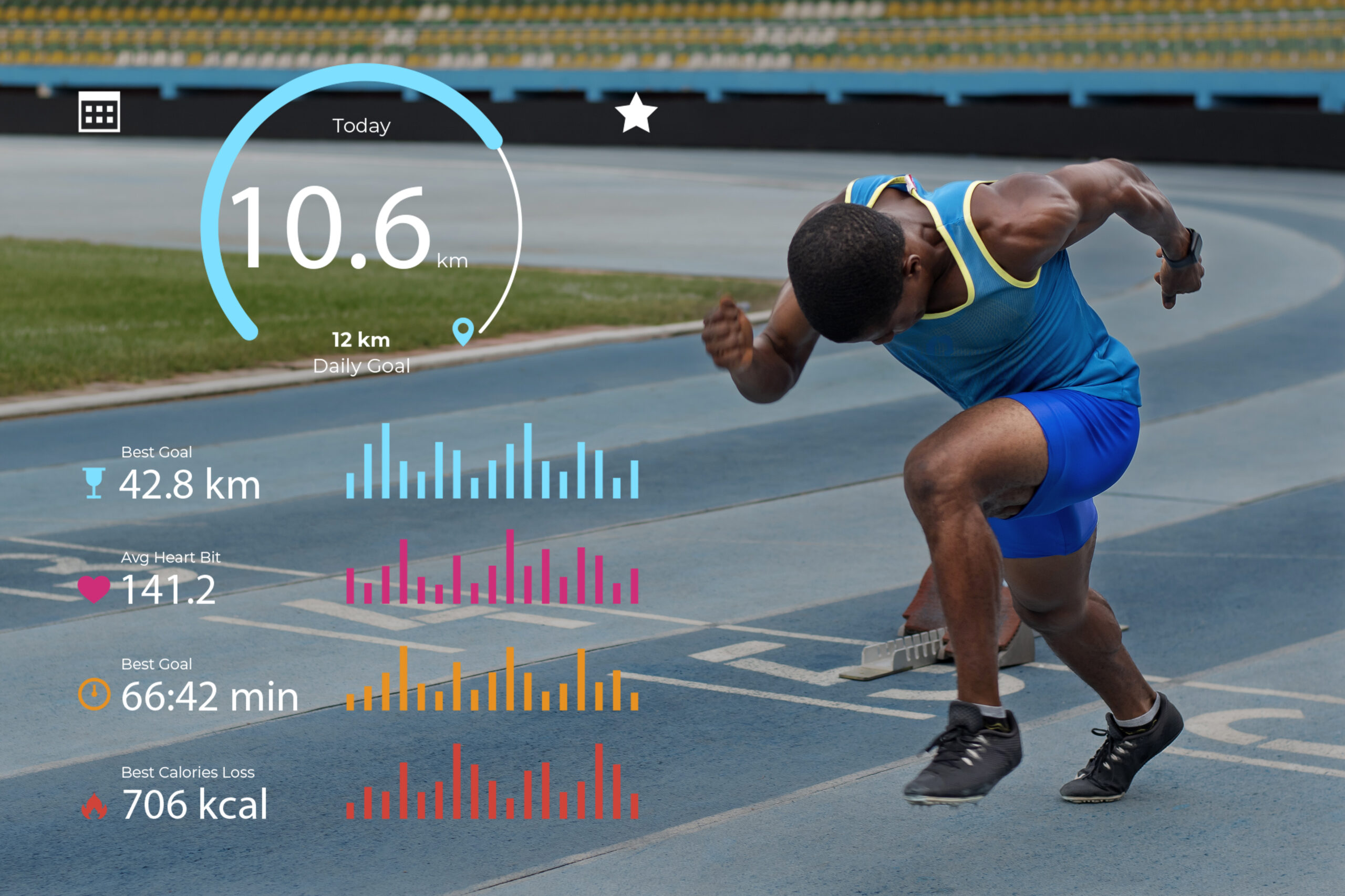Introduction to Sport Analytics
In the competitive world of sports, every advantage matters. Sport analytics has become an essential tool for boosting team performance. Utilizing data-driven insights, teams can make strategic decisions that enhance their effectiveness on the field. From player development to tactical planning, sport analytics provides a comprehensive approach to improving team dynamics and outcomes. By analyzing a wealth of data, including player statistics, biometric information, and game footage, teams can pinpoint areas for improvement and capitalize on their strengths. This data-centric approach ensures that teams are well-prepared and strategically positioned to excel in their respective sports.
Data Collection Methods
Various types of data are gathered in the sports world, including player statistics, biometric data, and game footage. Advanced tools and technologies, such as wearable devices, GPS trackers, and video analysis software, play a pivotal role in collecting this data. These tools provide precise measurements of players’ movements, physiological parameters, and performance metrics, enabling teams to access a wealth of information for analysis. Wearable devices track vital signs and movements, while GPS trackers offer real-time location data. Video analysis software breaks down game footage, helping to identify patterns and key moments. By leveraging these advanced methods, teams can gather comprehensive data that forms the backbone of their analytical efforts.
Analyzing Player Performance
Sport analytics is crucial for examining player performance through the use of key performance indicators (KPIs) such as speed, accuracy, and endurance. By focusing on these metrics, teams can gauge individual and collective abilities. Analytics helps highlight specific areas for players to enhance, allowing for focused skill development and better overall contributions during games. Personalized feedback, based on data, enables players to address their weaknesses while amplifying their strengths. Tailored training regimens ensure that players receive the precise guidance they need to improve their performance. This detailed and targeted approach results in players becoming more effective on the field, directly contributing to the team’s success.
Team Strategy Development
Analyzing data allows coaches to develop strategies that maximize team performance. By identifying key trends and patterns, teams can adapt their play style to better suit their strengths and counteract opponents’ tactics. This real-time adaptability is crucial in high-pressure situations where the dynamics of the game can shift rapidly. For instance, analyzing opponent behavior can reveal weaknesses that can be exploited, such as a tendency to favor one side of the field. Additionally, data can guide in-game adjustments, like substitutions and tactical shifts, ensuring the team remains agile and effective throughout the match. This strategic use of analytics fosters a more informed and flexible approach to game planning.
Injury Prevention and Management
Analyzing players’ biomechanical data and workload metrics allows teams to identify patterns that might indicate a risk of injury. This proactive approach facilitates timely interventions, such as modifying training loads or incorporating rest periods, to reduce injury risks. Teams can use this data to customize recovery plans, ensuring that players return to the field in optimal condition. Additionally, tracking fatigue levels and recovery rates helps in making informed decisions about player rotations and workload management. This data-driven strategy is essential for maintaining player health and extending their careers, ensuring they can consistently perform at their best.
Case Studies
In the realm of professional sports, numerous teams have adopted sport analytics to enhance their competitive edge. For instance, professional basketball teams have leveraged data to fine-tune player positioning and optimize shot selection. By examining detailed metrics such as player shooting percentages from various spots on the court, coaches can develop strategies that increase scoring efficiency. Similarly, soccer teams have utilized analytics to monitor player workload and prevent overexertion. By tracking metrics like distance covered and sprint frequency, these teams can adjust training loads and manage player fatigue more effectively.
Another example can be seen in baseball, where teams use advanced statistics to refine pitching and batting techniques. By analyzing pitch velocity, spin rate, and batter swing paths, teams can provide tailored feedback that helps players improve their performance. This granular level of analysis allows for precise adjustments that can make a significant difference in game outcomes.
Hockey teams have also embraced analytics to gain insights into player performance and game strategy. Through the use of real-time data on player shifts and puck possession, coaches can make informed decisions about line changes and tactical plays. This approach not only enhances in-game decision-making but also aids in long-term player development.
The use of sport analytics extends beyond the professional level, impacting college and amateur teams as well. These teams benefit from the same data-driven insights, allowing them to compete more effectively and develop talent for future professional leagues.
These real-world examples highlight the transformative power of sport analytics in various sports, demonstrating its ability to provide actionable insights that lead to measurable improvements in team performance.
Future of Sport Analytics
The landscape of sport analytics is on the brink of significant evolution, driven by cutting-edge technologies. Artificial intelligence (AI) and machine learning (ML) are poised to take data analysis to unprecedented heights, providing deeper insights and predictive capabilities. These technologies can analyze vast amounts of data more quickly and accurately, uncovering patterns that were previously undetectable. This advancement allows for more precise predictions about player performance, injury risks, and game outcomes.
Moreover, virtual and augmented reality (VR/AR) are emerging as game-changers in training and performance analysis. These tools can create immersive training environments, allowing players to practice and refine their skills in simulated game scenarios. This not only enhances skill acquisition but also aids in tactical planning by providing realistic visualizations of potential in-game situations.
Wearable technology is also set to become even more sophisticated, offering real-time data on players’ physical and physiological states. This will enable teams to monitor athletes more closely and make immediate adjustments to training and recovery plans.
Blockchain technology is another innovative trend that could impact sport analytics by ensuring the integrity and security of data. This could be particularly useful for maintaining accurate records of player statistics and performance metrics.
As these technologies continue to advance, they will enable teams to develop more refined strategies and training programs, ultimately leading to better performance and reduced injury risks. The integration of these innovations will ensure that sport analytics remains at the forefront of competitive advantage in the sports industry.

